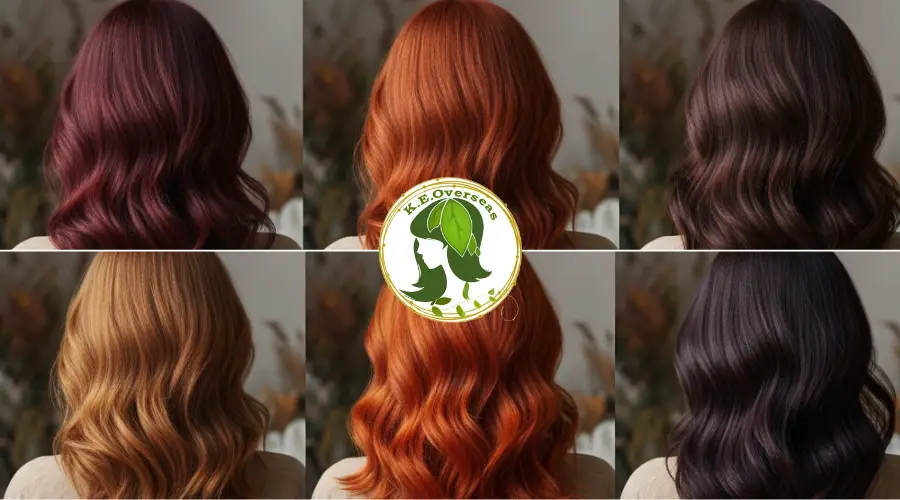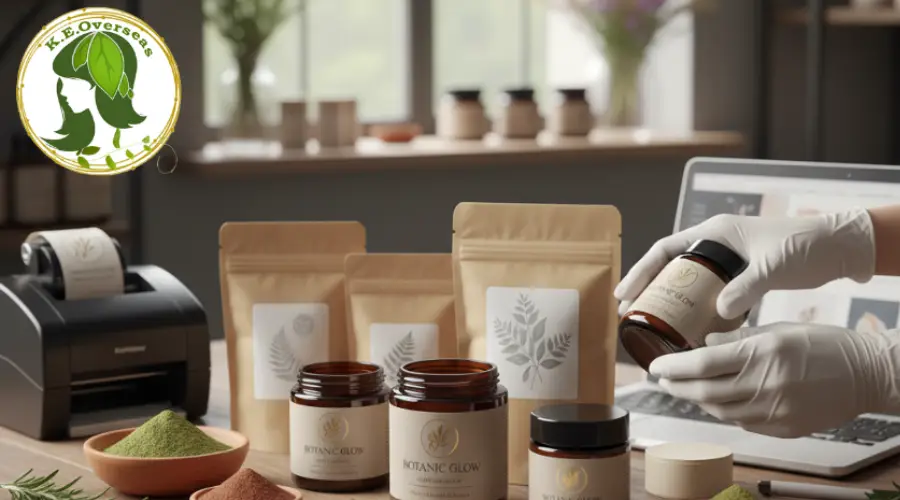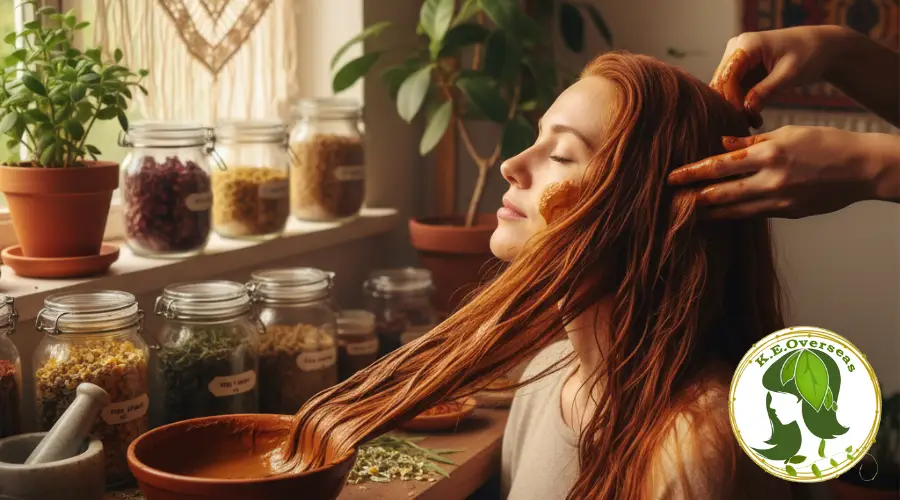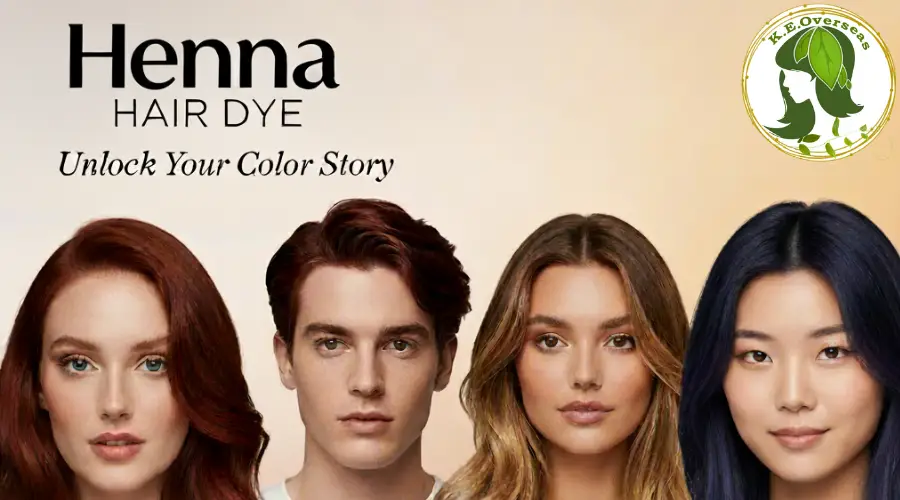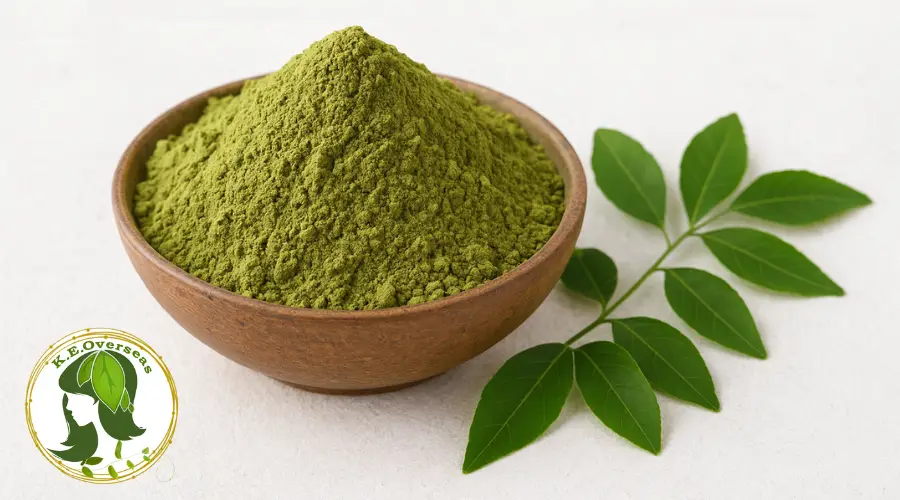In a world increasingly aware of environmental challenges, the beauty industry is under scrutiny for its role in pollution, waste, and chemical runoff. From microplastic-laden shampoos to synthetic hair dyes that harm ecosystems, consumers are seeking greener alternatives. Enter henna hair colors a natural, plant-based solution that’s been coloring hair for centuries without the ecological footprint of modern products.
Derived from the leaves of the Lawsonia inermis plant, henna hair colors offer a sustainable way to achieve vibrant shades while minimizing harm to the planet. As trichologists and eco-conscious individuals alike rediscover these ancient rituals, henna hair colors are emerging as a beacon of hope for those wanting to “go green” in their beauty routines. This article explores how switching to henna hair colors can reduce your environmental impact, support personal health, and align with the growing demand for sustainable living all while delivering stunning results.
Henna hair colors have roots in ancient traditions, where they were used not just for aesthetics but as a holistic hair care method. Unlike conventional dyes packed with harsh chemicals like ammonia and PPD (para-phenylenediamine), henna hair colors rely on the natural pigment lawsone, extracted from dried and powdered henna leaves.
This process is inherently eco-friendly, as it involves minimal processing and no synthetic additives. When you choose henna hair colors, you’re opting for a product that’s biodegradable, cruelty-free, and sourced from renewable plants that grow in arid regions, often without the need for excessive water or pesticides. In fact, the cultivation of henna promotes soil health and biodiversity in areas like India and North Africa, where it’s a staple crop.
The environmental benefits of henna hair colors are profound, especially when compared to traditional hair coloring methods. Synthetic dyes contribute to pollution through manufacturing processes that release greenhouse gases and toxic chemicals into waterways. According to a 2021 report by the Environmental Protection Agency, the beauty industry generates over 120 billion units of plastic packaging annually, much of which ends up in landfills or oceans.
Henna hair colors, on the other hand, typically come in compostable packaging or as loose powder, drastically cutting down on waste. Moreover, the application of henna doesn’t require disposable tools or excessive water usage, making it a low-impact choice. By embracing henna hair colors, you’re not only reducing your carbon footprint but also supporting ethical farming practices that empower communities in henna-producing regions. This shift helps combat issues like deforestation and chemical pollution, proving that beauty can be a force for good.
Beyond the planet, henna hair colors offer significant health advantages that make them a win-win for users. Traditional hair dyes often contain carcinogens and allergens that can lead to scalp irritation, respiratory issues, and even long-term health risks. In contrast, henna hair colors are free from these toxins, providing a safer alternative for sensitive skin and those with allergies. The natural compounds in henna not only color the hair but also condition it, strengthening strands and promoting scalp health.
A study published in the Journal of Ethnopharmacology in 2019 highlighted how henna’s antimicrobial properties can soothe dandruff and reduce inflammation, turning a simple coloring session into a therapeutic experience. For individuals dealing with hair damage from chemical treatments, henna hair colors act as a restorative agent, binding to the hair’s keratin to create a protective layer. This means that while you’re going green with henna hair colors, you’re also nurturing your hair’s natural beauty from the inside out.
One of the most compelling reasons to switch to henna hair colors is their role in sustainable fashion and beauty trends. As the world grapples with climate change, movements like “clean beauty” and “zero waste” are gaining momentum, and henna fits perfectly into this narrative. Celebrities and influencers are championing henna hair colors on social media, showcasing how they can achieve everything from subtle highlights to bold reds without harming the environment.
Brands specializing in henna hair colors are innovating by offering customizable shades, blending pure henna with natural additives like indigo or cassia for a wider palette. This evolution ensures that henna isn’t just a throwback to ancient times but a modern, versatile option. For instance, if you’re tired of the one-size-fits-all approach of synthetic dyes, henna hair colors allow for personalization mixing in ingredients like coffee for darker tones or lemon for lighter effects.
However, to fully reap the benefits of henna hair colors, it’s essential to understand how to use them effectively. The process begins with selecting high-quality, pure henna powder free from synthetic additives. Start by mixing the powder with warm water, yogurt, or an acidic liquid like lemon juice to create a paste. Apply it to clean, dry hair, section by section, and let it sit for 1-4 hours depending on your desired shade intensity. Unlike quick-fix chemical dyes, henna hair colors develop gradually, resulting in a more natural and long-lasting color.
This method not only minimizes waste but also encourages a mindful, ritualistic approach to beauty. Trichologists recommend starting with a patch test to ensure compatibility and consulting professionals for tailored advice, especially if you have pre-existing hair conditions. By incorporating henna hair colors into your routine, you can enjoy eco-friendly results that last for weeks, reducing the frequency of touch-ups and further lessening environmental strain.
The impact of henna hair colors extends to broader societal changes. In an era where fast fashion and disposable products dominate, choosing henna promotes a slower, more intentional lifestyle. A 2023 survey by the Global Wellness Institute found that 65% of consumers are willing to pay more for sustainable beauty products, with henna hair colors leading the charge in natural alternatives. This trend is echoed in salons worldwide, where professionals are training in henna application to meet demand.
For example, eco-salons in Europe and the US are now offering henna hair colors as a standard service, combining them with other green practices like water conservation and recyclable tools. By supporting these initiatives, you’re contributing to a circular economy that values regeneration over extraction.
Despite their advantages, henna hair colors aren’t without considerations. The color outcome can vary based on your hair type and porosity, and achieving certain shades might require multiple sessions. Additionally, not all henna products are created equal always opt for those certified as pure to avoid hidden chemicals. Still, these minor drawbacks pale in comparison to the overall benefits. As more people turn to henna hair colors, we’re seeing a ripple effect: reduced pollution, healthier hair, and a stronger connection to nature.
Embracing Henna hair colors is a simple yet powerful way to go green in your hair care routine. By choosing these natural alternatives, you’re not only protecting the environment from the harms of synthetic dyes but also enhancing your own well-being. From lowering waste and supporting ethical practices to delivering nourishing, vibrant results, henna hair colors embody the essence of sustainable beauty. As we move towards a greener future, let henna be your guide proof that looking good and doing good can go hand in hand. Whether you’re a seasoned environmentalist or just starting your eco-journey, incorporating henna hair colors into your life could be the change you need. Remember, every strand of hair colored with henna is a step towards a healthier planet and healthier you.



